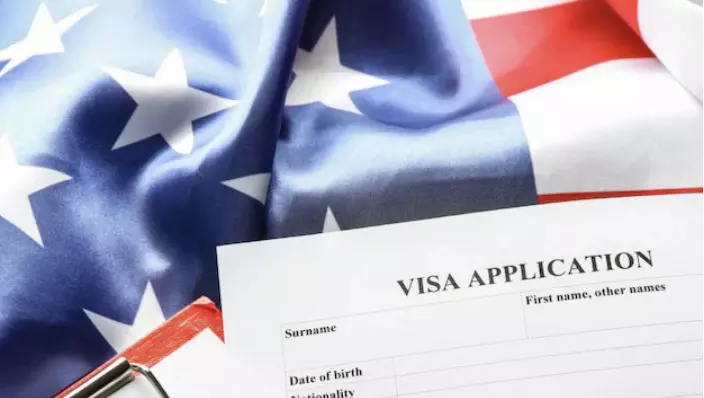Trump’s $5 Million ‘Gold Card’ Visa: What it means for Indians and the EB-5 Program
Trump’s $5 Million ‘Gold Card’ Visa: What it means for Indians and the EB-5 Program

US President Donald Trump has introduced a new ‘Gold Card’ visa, offering US residency and a pathway to citizenship for a $5 million fee. This move aims to replace the EB-5 Immigrant Investor Program, which previously allowed investors to gain green cards by investing in businesses that created jobs in the US. With over a million Indians stuck in long employment-based green card backlogs, this change could significantly impact their immigration options.
What Is the Gold Card Visa?
The Gold Card visa provides residency and a route to US citizenship without requiring any job creation or business investment, unlike the EB-5 program. Applicants simply need to pay $5 million. Trump emphasized that this initiative would attract wealthy and successful individuals who could contribute to the economy by spending money and paying taxes.
How Does It Impact Indian Green Card Applicants?
Indians have been major applicants for the EB-5 visa, especially H-1B holders seeking permanent residency. However, with employment-based green card backlogs extending over 50 years in some cases, the Gold Card visa offers a much faster alternative—provided one can afford it.
For wealthy Indians, this visa could serve as a direct and quicker path to US citizenship. However, middle-tier investors who relied on the EB-5 program—where investments were pooled or loans were taken—may find the Gold Card unaffordable due to its high upfront cost.
Why Is the EB-5 Visa Being Replaced?
US Commerce Secretary Howard Lutnick confirmed that the Gold Card visa would replace the EB-5 program within two weeks. Trump criticized the EB-5 system, calling it ineffective and prone to fraud.
Established in 1990, the EB-5 program aimed to boost investment and job creation in the US. However, it has faced scrutiny over fraud and loopholes that allowed investors to obtain green cards without delivering on promised economic benefits.
Under the EB-5 program, investors had two primary options:
High-Employment Area Projects: Investments in major cities like New York and Los Angeles, usually in real estate and commercial projects.
Rural Projects: Investments in underdeveloped areas, often in hospitality, industrial parks, and resorts. These projects required a minimum investment of $800,000.
Who Can Apply for the Gold Card Visa?
The US government has not yet provided full details on the vetting process, but officials say applicants will undergo rigorous background checks before approval. There is no cap on the number of Gold Card visas issued, making it a revenue-driven program rather than a limited immigration pathway.
There has also been speculation about Russian oligarchs applying for the visa, given the financial constraints imposed by Western sanctions. Trump hinted that Russian businessmen could apply if they meet the financial requirements, though additional scrutiny may be involved.
Can H-1B Holders Apply for the Gold Card?
Anyone who can pay $5 million can apply, including H-1B visa holders. In theory, companies could sponsor highly skilled employees, but the details remain unclear. The program seems to cater more to wealthy entrepreneurs, tech executives, and business tycoons rather than skilled professionals.
For those who cannot afford the Gold Card, traditional employment-based green cards (EB-1, EB-2, EB-3) and the H-1B visa program remain options, though they come with long processing times and uncertainties.
How Does the US Benefit?
Trump claims that the program could sell up to a million Gold Cards, generating billions of dollars in revenue and helping to reduce the US national deficit. Unlike the EB-5 visa, which required a lower investment amount and job creation, the Gold Card ensures that only the wealthiest individuals qualify.
The program is designed to attract individuals who will contribute significantly to the US economy through business investments, consumer spending, and tax payments.
Final Thoughts
While the Gold Card visa offers a faster and simpler route to US residency and citizenship, its high cost makes it accessible only to ultra-high-net-worth individuals. For most Indians stuck in green card backlogs, this program may not be a feasible alternative. Instead, it signals a shift in US immigration policy, prioritizing wealth-based pathways over skill-based immigration.

